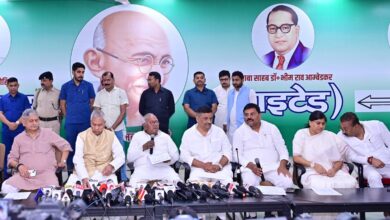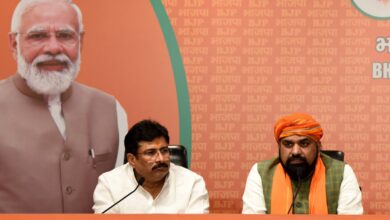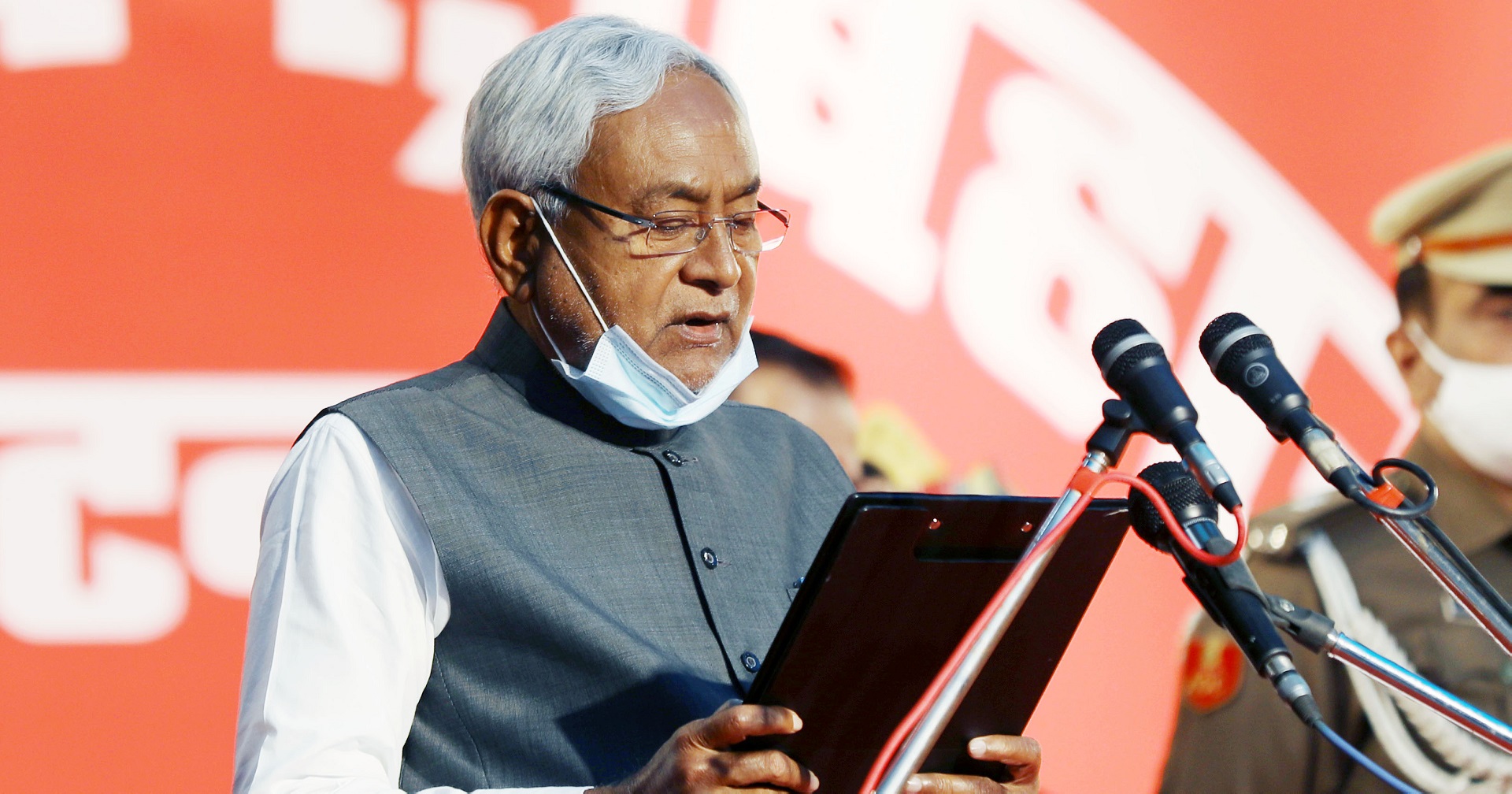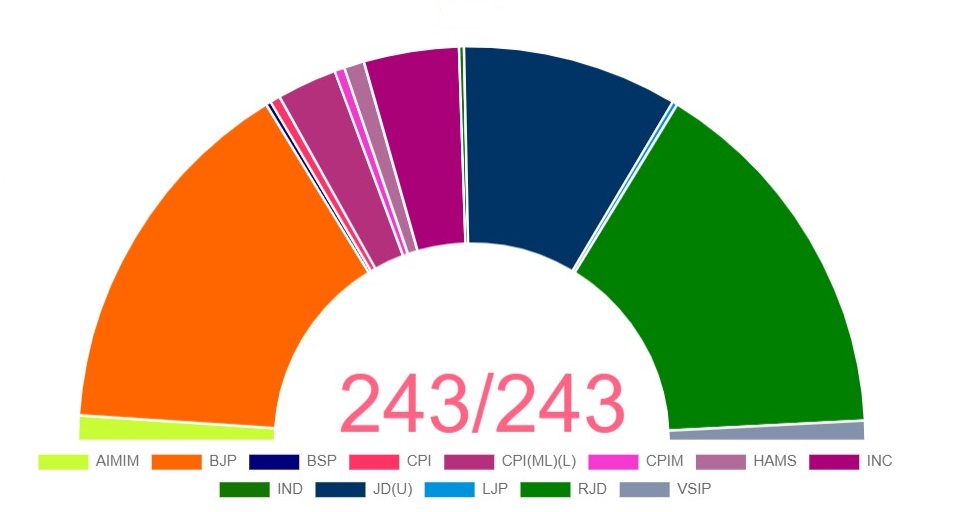Bihar’s Voters Shrug Off Corona Fear; Turnout Among Highest in 20 Years
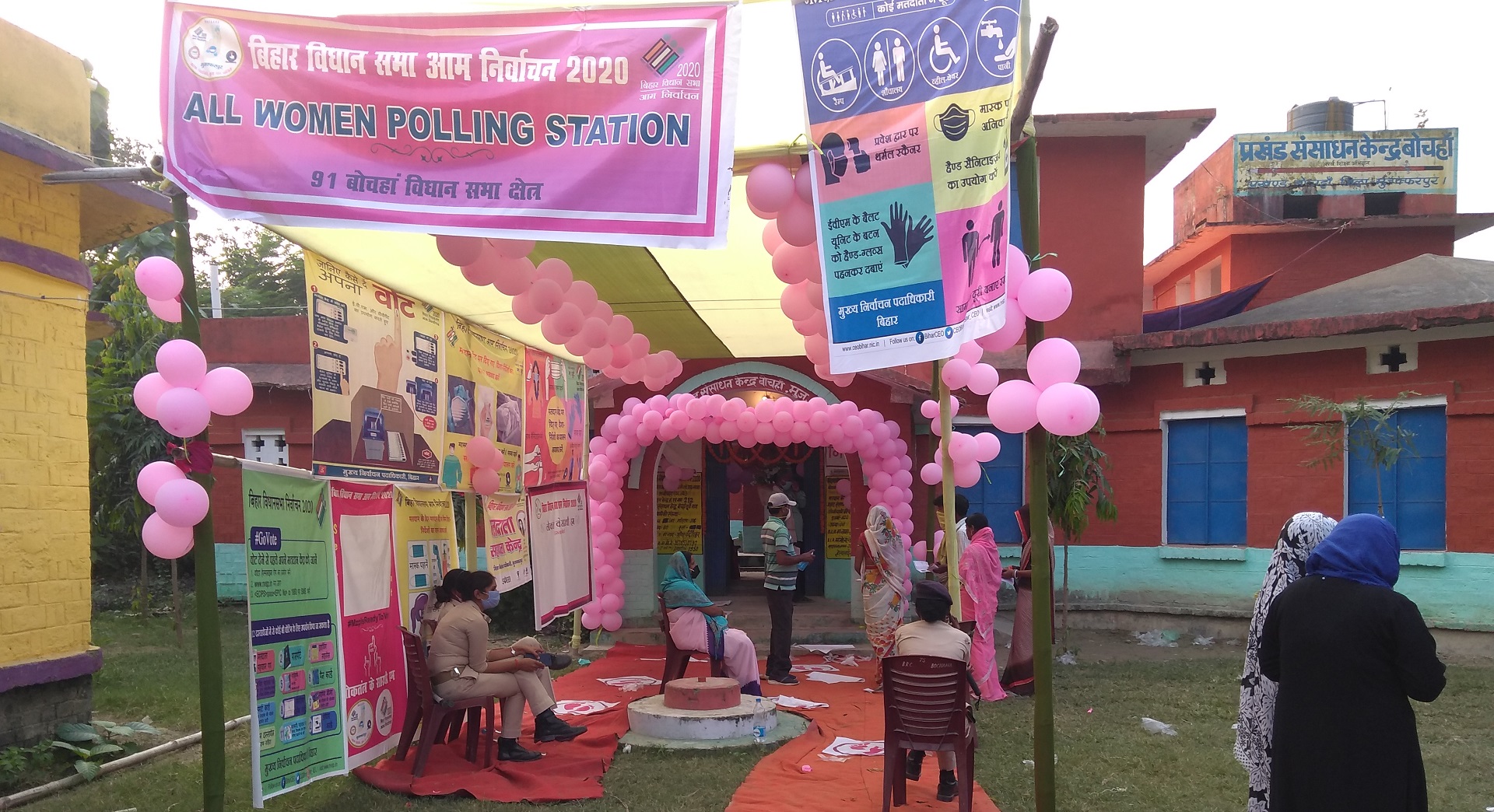
By Gyanendra Kumar Keshri
People of Bihar have exercised their franchise shrugging off Coronavirus fears. Despite the Covid-19 pandemic the voter turnout this year was among the highest in 20 years.
The voter turnout in the third and final phase of the election held on November 7 stood at 58.22 per cent. In the first phase held on 28 October it was recorded 54.33 per cent and in the second phase held on 3 November the turnout stood at 54.98 per cent. The overall turnout is projected to be close to the 56.8 per cent figure clocked in 2015 assembly election.
The turnout in 2010 assembly election stood at 52.65 per cent. In 2005 election the turnout was even lower. In 2005 assembly elections were held twice. During the election conducted in February 2005 the voter turnout stood at 46.5 per cent. It was recorded 45.85 per cent during the election held in October 2005.
A major contributory factor to the impressive voter turnout this year was the enthusiastic participation of rural voters. The percentage of voters who came out to exercise their franchise in rural areas were way higher than urban areas. The second important factor is higher participation of women this democratic exercise.
The percentage of voters who came out to exercise their franchise in rural areas were way higher than urban areas.
While the voting percentage in the constituencies dominated by urban voters were as low as 35 per cent, it was close to 70 per cent for some constituencies dominated by rural voters. 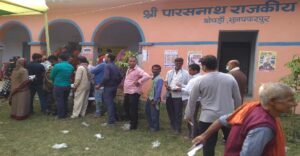
The highest voting percentage during the third phase of polling was recorded in Kasba assembly constituency of Purnea district. It stood at 68.38 per cent. The second highest was in Kochadhaman assembly constituency of Kishanganj district at 67.1 per cent. The turnout in most constituencies dominated by rural population was close to 60 per cent or even higher than that.
The voting percentage were among the lowest in the constituencies that cover the state capital city Patna and its surrounding areas. Only 34.5 per cent of voters in Digha assembly constituency came out to vote, while the turnout in Kumhrar assembly constituency was also low at 35.69 per cent. Both these constituencies are part of the state capital city Patna. Elections were held in these constituencies during the second phase of polling.
In other parts of the state also the voter turnout among urban voters were disappointing. Turnout in Biharsharif, the headquarter of Nalanda district, stood at 46.11 per cent. In Bhagalpur assembly constituency, another urban population dominated area, the voter turnout was 48.25 per cent.
In the third phase of polling the lowest turnout was in Muzaffarpur assembly constituency at 51.14 per cent.
Most Exit Polls Show Tejashwi Yadav-led Mahagathbandhan Ahead in Bihar Polls
What does this urban-rural voting pattern indicate? One argument could be that the urban population is more scared due to Coronavirus pandemic and thus did not turn up in good numbers to vote.
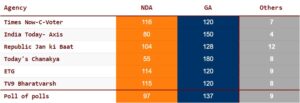 Or does it indicate a bigger desire for change by rural voters? A large number of migrant workers who suffered during the lockdown are in rural areas. Those whose livelihood have been disrupted and suffered the most during the lockdown might have turned up in higher number to vet their anger.
Or does it indicate a bigger desire for change by rural voters? A large number of migrant workers who suffered during the lockdown are in rural areas. Those whose livelihood have been disrupted and suffered the most during the lockdown might have turned up in higher number to vet their anger.
Bharatiya Janata Party (BJP), which is a part of Nitish Kumar-led ruling National Democratic Alliance (NDA) coalition, has strong base among urban voters. What does their apathy indicate? This will be clear only when the actual votes are counted on 10th November.
However, several exit polls have been conducted. The most exit polls indicate that people of Bihar have voted for a change, thus Nitish Kumar is unlikely to get fourth straight term as chief minister of the state.
Tejashwi Yadav-led Mahagathbandhan, which includes Rashtriya Janata Dal (RJD), Congress and the three Left parties — CPM, CPI(ML) and CPI, is projected to win a majority in the 243-member Bihar Legislative Assembly.
Tejashwi Yadav-led Mahagathbandhan, which includes Rashtriya Janata Dal (RJD), Congress and the three Left parties — CPM, CPI(ML) and CPI, is projected to win a majority in the 243-member Bihar Legislative Assembly.
 Some survey predict landslide victory for Tejashwi Yadav-led coalition. According to India Today-Axis My India exit poll Mahagathbandhan is project to win 139 to 161 seats, while Nitish Kumar-led NDA is likely to win just 69 to 91 seats. Chirag Paswan-led Lok Janshakti Party will projected to win three to five seats.
Some survey predict landslide victory for Tejashwi Yadav-led coalition. According to India Today-Axis My India exit poll Mahagathbandhan is project to win 139 to 161 seats, while Nitish Kumar-led NDA is likely to win just 69 to 91 seats. Chirag Paswan-led Lok Janshakti Party will projected to win three to five seats.
Today’s Chanakya exit polls give 180 seats to Mahagathbandhan and predicts that NDA will be reduced to 55. Republic TV-Jan Ki Baat survey gives 118 to 138 seats to Mahagathbandhan and 91-117 seats to the ruling NDA.
Some survey predicts that Nitish Kumar would get fourth straight term. As per the exit poll conducted by Dainik Bhaskar, Nitish Kumar-led NDA would win 120-127 seats, while Mahagathbandhan would get 71-81 seats.
Some survey predicts closer fight. As per Times Now-C Voter survey Mahagathbandhan is projected to win 120 seats while the ruling NDA would bag 116 seats. Lok Janshakti Party led by Chirag Paswan is likely win just one seat.
However, some survey predicts that Nitish Kumar would get fourth straight term. As per the exit poll conducted by Dainik Bhaskar, Nitish Kumar-led NDA would win 120-127 seats, while Mahagathbandhan would get 71-81 seats. It gave 12-23 seats to LJP and 19-27 seats to others.
Most polls predict that Lalu Prasad Yadav-led RJD would be the single largest party, followed by BJP, leaving Nitish Kumar-led JD(U) to the third position.
Assembly Constituency wise voter turnout in the third phase of polling held on 7 November 2020 (source Election Commission of India)
| Assembly Constituency Name | Estimated Turnout | ||
| Kasba | 68.38% | ||
| Kochadhaman | 67.1% | ||
| Korha | 67.07% | ||
| Barari | 66.76% | ||
| Chhatapur | 66.2% | ||
| Baisi | 63.6% | ||
| Manihari | 62.81% | ||
| Pranpur | 62.21% | ||
| Bahadurganj | 62.15% | ||
| Pipra | 62% | ||
| Kadwa | 62% | ||
| Laukaha | 61.85% | ||
| Bochaha | 61.8% | ||
| Katihar | 61.7% | ||
| Singheshwar | 61.66% | ||
| Thakurganj | 61.35% | ||
| Dhaka | 61% | ||
| Triveniganj | 61% | ||
| Saharsa | 60.96% | ||
| Babubarhi | 60.64% | ||
| Sakra | 60.5% | ||
| Nirmali | 60.38% | ||
| Kishanganj | 60.25% | ||
| Balrampur | 60.15% | ||
| Sikta | 60% | ||
| Mahua | 59.91% | ||
| Narkatiaganj | 59.4% | ||
| Mahishi | 59.33% | ||
| Kurhani | 59.3% | ||
| Sarairanjan | 59% | ||
| Simri Bakhtiarpur | 58.95% | ||
| Warisnagar | 58.85% | ||
| Alamnagar | 58.76% | ||
| Kalyanpur | 58.67% | ||
| Raniganj | 58.6% | ||
| Samastipur | 58.59% | ||
| Harlakhi | 58.42% | ||
| Sursand | 58.35% | ||
| Bihariganj | 58.3% | ||
| Sugauli | 57.9% | ||
| Riga | 57.5% | ||
| Madhepura | 57.4% | ||
| Morwa | 57.31% | ||
| Raxaul | 57.25% | ||
| Purnia | 57.23% | ||
| Banmankhi | 57.1% | ||
| Gaighat | 57.1% | ||
| Chiraiya | 57% | ||
| Patepur | 56.85% | ||
| Lauriya | 56.8% | ||
| Dhamdaha | 56.8% | ||
| Aurai | 56.7% | ||
| Amour | 56.5% | ||
| Rupauli | 56.5% | ||
| Khajauli | 56.28% | ||
| Supaul | 56% | ||
| Bajpatti | 55.72% | ||
| Darbhanga | 55.4% | ||
| Keoti | 55.3% | ||
| Bathnaha | 55.2% | ||
| Bahadurpur | 55.2% | ||
| Jokihat | 55.12% | ||
| Bagaha | 55.1% | ||
| Motihari | 55.05% | ||
| Ramnagar | 55% | ||
| Hayaghat | 54.9% | ||
| Narkatia | 54.5% | ||
| Parihar | 54.34% | ||
| Bisfi | 54.3% | ||
| Forbesganj | 54% | ||
| Araria | 53.9% | ||
| Sonbarsha | 53.9% | ||
| Jale | 53.8% | ||
| Sikti | 53.6% | ||
| Narpatganj | 52.09% | ||
| Benipatti | 52.01% | ||
| Valmikinagar | 51.2% | ||
| Muzaffarpur | 51.14% |

